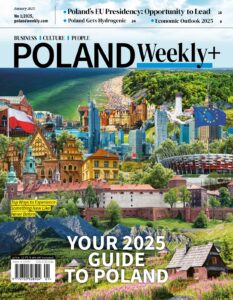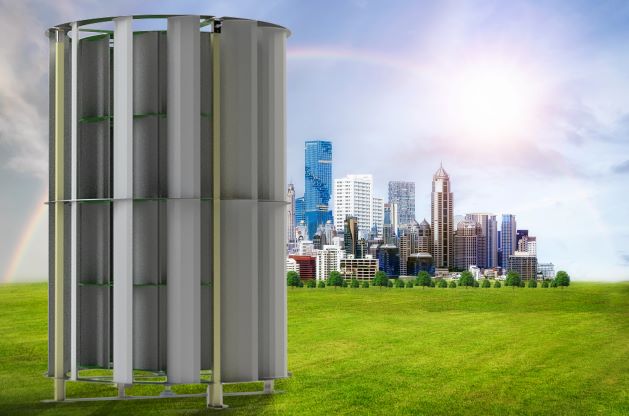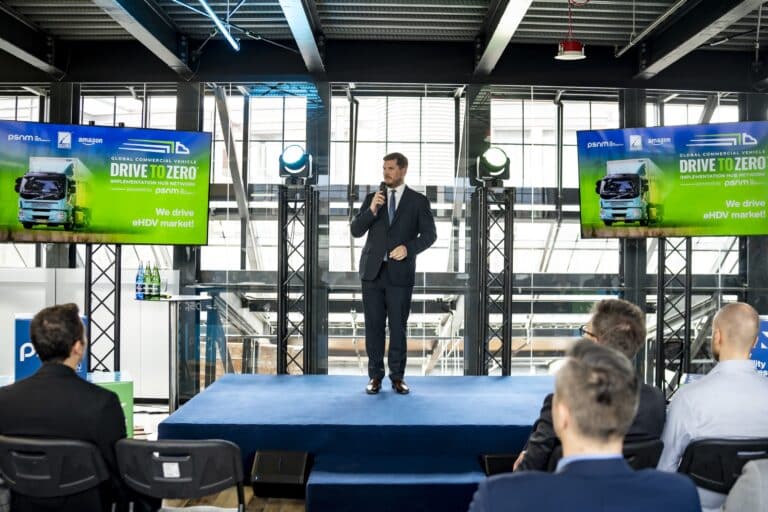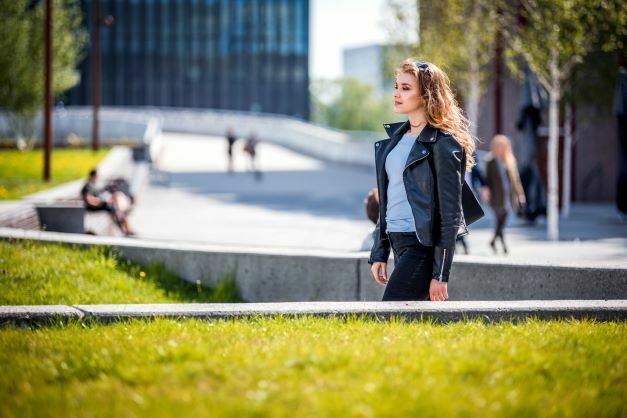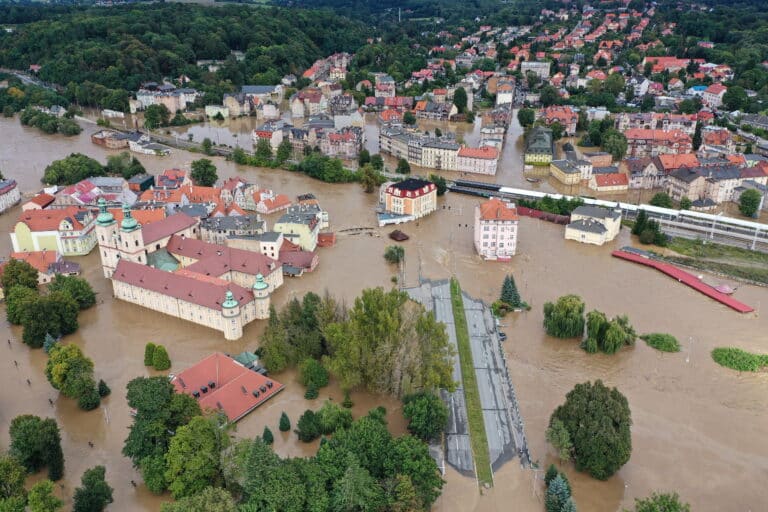Recycling urban energy
By Anna Łasica-Czaplejewicz, the president of the Institute of Applied Sciences and New Technologies Research
We are more and more aware of the dangers of global warming. We try to be pro-ecological, no-one for example is surprised by the segregation of rubbish or the recycling of used materials, but among these activities, energy recycling is missing.
“Although for years it has been a pro-social and pro-ecological activity to recover secondary raw materials from the waste stream, despite the increase in pro-ecological awareness, so far “energy recycling” has been omitted and all actions or attempts to recover energy have been abandoned, in particular everywhere where it is economically justified and has environmental and climate benefits,” – said Jerzy Czaplejewicz, head of the prototyping team at the Institute for Applied Sciences and New Technologies (INSiNT).
It should be emphasized that taking into account the current situation and conditions in the energy systems of European Union countries, as well as geopolitical and economic conditions, recycling can be considered particularly justified – even necessary and profitable.
When we talk about energy recycling, we are faced with the question of whether it is possible and how to recover energy.
This question is answered by the LIFE-UrbanWind.PL project implemented under the European priority program LIFE – Climate Change Mitigation, co-financed by the European Commission and the National Fund for Environmental Protection and Water Management.
We show where mechanical energy can be recovered and converted into electricity and how to do it.
As part of the project, we focused on air flows from human activity in urban areas. The mechanical energy of these streams can be converted into clean, green electricity.
Sreams, that is airways in urbanized areas, are a renewable source of energy, and energy triggered by human activity can be “harnessed” to produce clean energy.
As for places, the following have been distinguished as urban built-up areas – industrial streams, man-made green spaces, viaducts, bridges, railway, industrial and subway tunnels, expressways or internal non-production lines.
The use of air flows forced by human activity in urban areas, especially in large cities, is extremely important from the point of view of climate change. Metropolises are turning into urban heat islands. It is a complex phenomenon that climatologists and urban planners have been looking at for years, not only to explain it, but also to find solutions to its problems.
An Urban Wind Power Station, as a wind device approved for installation in urban areas, may become a revolutionary solution to the problem of CO2 emissions in urban areas and perfectly fit into both the EU directives and the main goal of the climate and energy package Europe Zero Emission by 2050.
Additionally, with the current dynamics of energy price growth, renewable energy sources, especially in distributed systems, are of particular importance.
Among renewable energy sources, a significant position is played by low-power wind turbines due to the fact that currently wind devices in urbanized areas are practically non-existent and could perfectly cooperate in synergistic systems with photovoltaic devices.
The introduction and widespread use of devices using urban air streams may play a special role in the activities aimed at energy conservation and recycling, such as in the Urban Wind Power Station (UWPS) system built and tested in the LIFE-UrbanWind.PL project, corresponding to the tasks set out in the introduction the question of how to recover energy.
The UWPS is a wind power generator that uses the mechanical energy of air streams forced by human activity to produce zero-emission electricity.
The spectrum of UWPS application for the production of green energy from RES is very wide: roofs and corners of industrial, commercial and residential buildings, elevations of land, inside facilities such as tunnels, bridges and viaducts.
According to the ecological taxonomy of the European Commission, each infrastructure should be approached holistically, examining the carbon footprint already generated during the construction of the building, and even when preparing the ground for a new building, when it required demolition of the old one. Therefore, buildings that have a significant carbon footprint can neutralize it by drawing energy from wind or sun to power the building. And air drafts resulting from urban development, which did not exist naturally, when using them for the production of clean energy, can be treated as “green offset of buildings” or some kind of energy recovery, which was expended during the construction.
It is a cylindrical structure that allows for vertical or horizontal installation, and the diffuser system catches air flows from any direction, without having to change the position of the device.
In the LIFE-UrbanWind.PL project, prototypes of collision-free cylindrical wind turbines up to 4 m high were built, which are used, among others, also by “ground” air movements (streams) with irregular characteristics to drive an innovative generator with an electricity buffer store.
